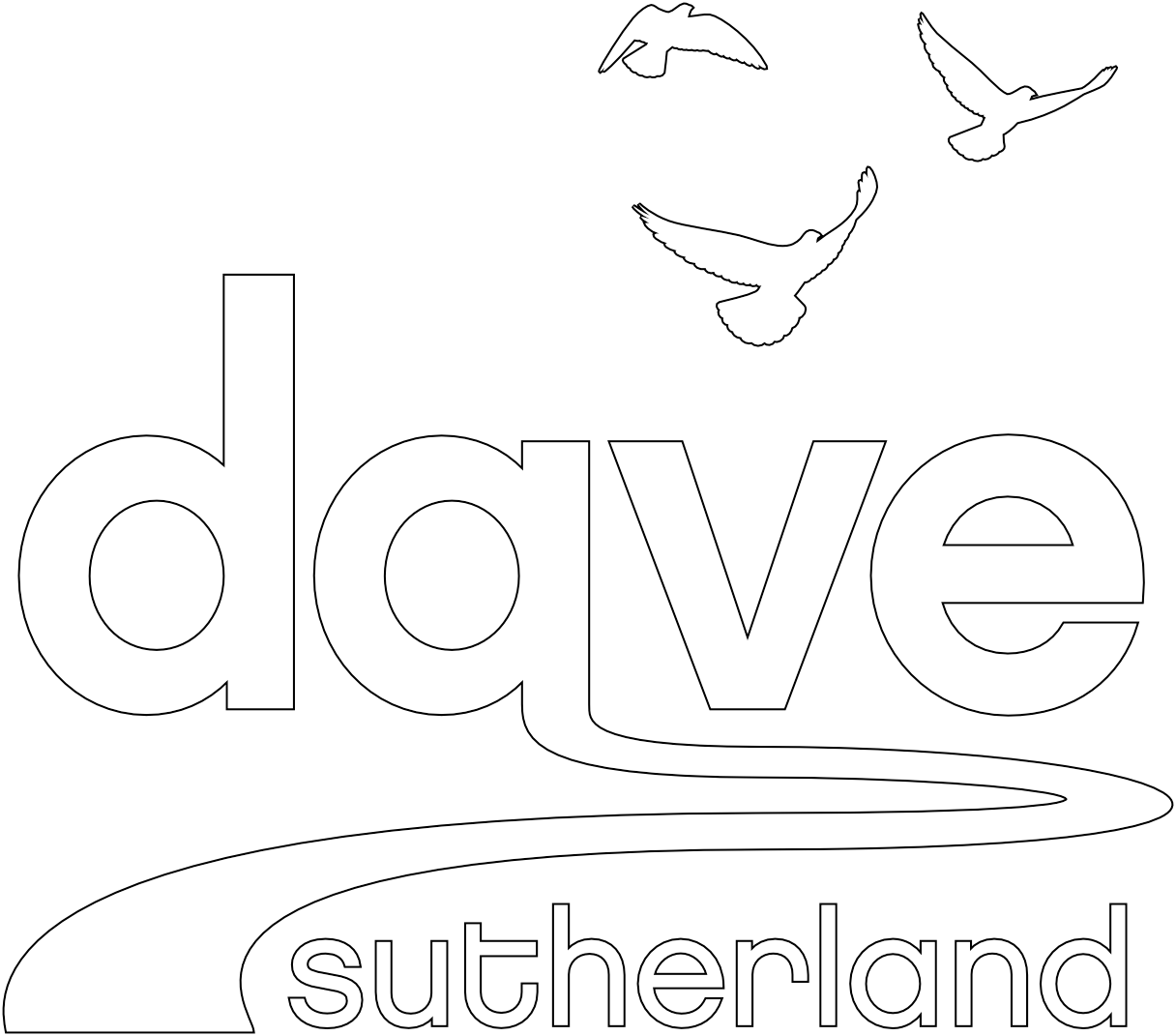Dave’s Nature Almanac: June
Nature Almanac: Monthly Menu
A Visit to the Ice Age
Thirteen thousand years ago, Boulder’s climate was very different. It was cooler and moister here, and our mountains were covered with a dense deciduous forest of Paper Birches and other Northwoods and Eastern plants. In fact, conditions were probably similar to those in present-day Maine or the Adirondacks in New York.
But when the climate changed and the Ice Age came to an end, the hotter and drier summers allowed drought-tolerant trees like Ponderosa Pines to drive out and replace the birch forests. Today, the Eastern deciduous forests are gone from Colorado….except in a few very special places!
Cool moist drainages in the Front Range mimic Ice Age conditions and still harbor very rare relict populations of Eastern forest plants. One of the only remaining tiny stands of Paper Birches in all Colorado exists in Long Canyon, along with a botanical time capsule from 130 centuries ago. During June, you can visit this ancient world for yourself and see many of the Eastern plants in flower.
As you enter the canyon, you’ll begin to feel like you are in a mountain forest in New England. And if you look carefully, you’ll find remnants of the age of mammoths and saber tooth cats poking up from the ground, as they have since prehistoric times. See the pictures of some of our Eastern relict plants below so you will recognize them when you see them in the field.
-

Beaked Hazelnut
-

Wild Sarsparilla
-

Wood Lily
-

Black Snakeroot
-

Fireflies in Boulder?
In a few places - usually along wet ditches - you can see fireflies in Boulder during the last week of June!
Sawhill Ponds is one of the best places I know to see them, right along the ditch on the entry road, close to the parking lot. Look south over the pasture. My wife and I always go out on June 28, but any night during last week of June should work. I have also seen them at Boulder Valley Ranch along the irrigation ditch just south of the Sage Trailhead.
Go look for them just as it starts to become fully dark, about 9:00 - 9:45 pm.
-

June is for Warm Season Grasses
Grasses in Colorado fit one of two life styles: cool or warm season growth. Most introduced European grasses green up quickly during the cool months of spring and bloom in May or June; examples are Smooth Brome, Orchard Grass or noxiously aggressive Cheat Grass.
Most grasses native to Colorado wait for the warm season: they begin their growth spurt in June and grow and flower in July and August, when Colorado is hot and dry.
Some gardeners take advantage of this by planting short native lawn grasses such as Buffalo Grass and Blue Grama , which grow well without extra water during the hot months and require less mowing.
Other lovely native warm season grasses include Big Bluestem, Little Bluestem and Prairie Cord Grass.
So what does a grass flower look like? Tiny greenish or yellowish spikes on a tall stalk. Most grasses are pollinated by wind, so they do not invest energy in large showy flowers with nectar and perfume -- strategies used by other plants to lure pollinating insects. To be carried by wind, grass pollen grains must be very tiny. The fine pollen of grasses and other wind pollinated plants, such as ragweed, pines and other conifers, cause most pollen allergies.

